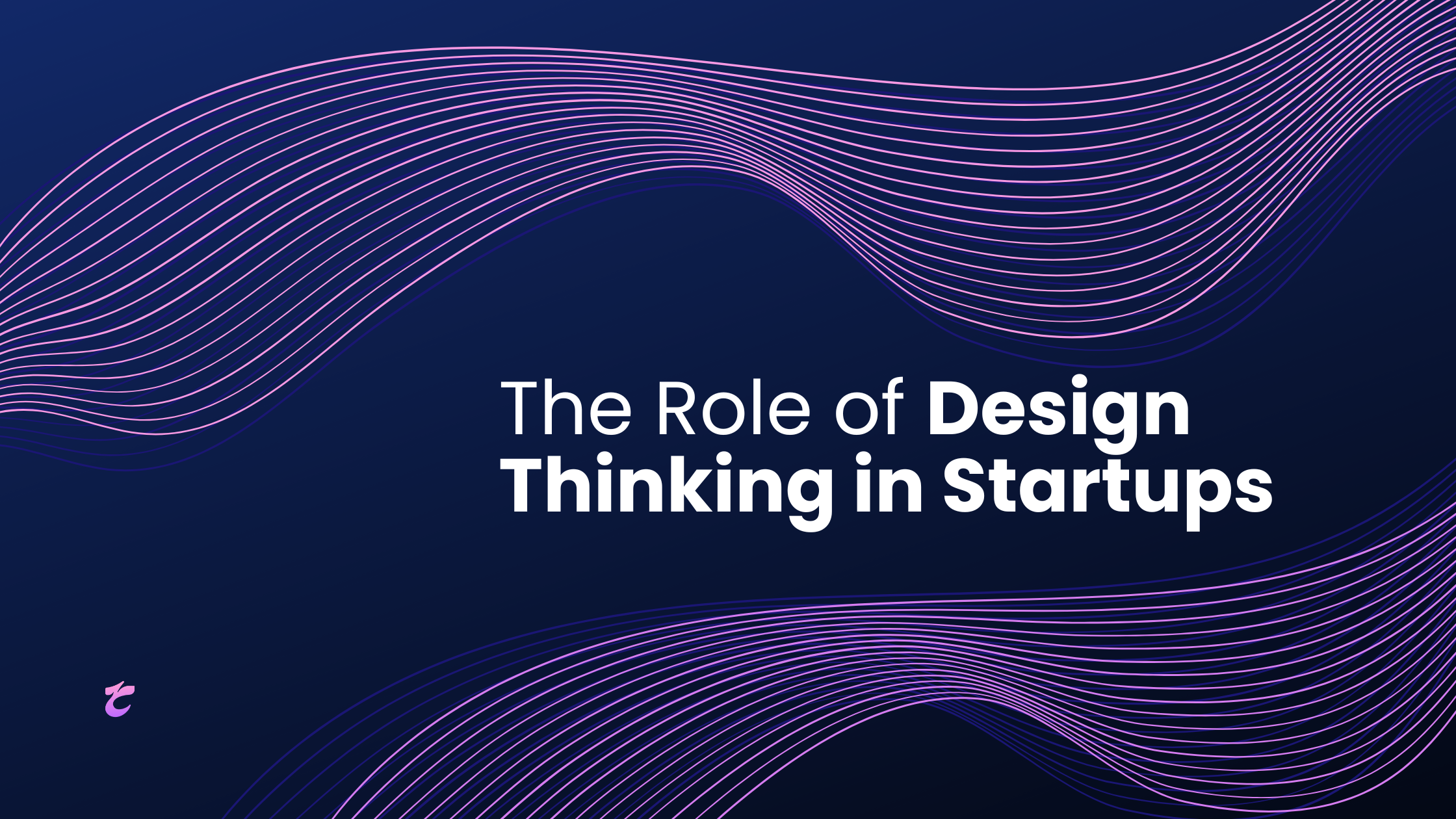The Role of Design Thinking in Startups

Strong 8k brings an ultra-HD IPTV experience to your living room and your pocket.
In the fast-paced world of startups, there is often an overwhelming urge to move quickly — to develop, to launch, and to grow. But speed without direction can become costly. Many early-stage ventures invest heavily in building products, only to discover later that they haven’t addressed a genuine need or problem. This is where Design Thinking becomes essential — not just as a process, but as a philosophy that brings clarity to chaos and helps startups create meaningful solutions from the ground up.
As a tech startup branding agency, we have worked closely with founders, product teams, and startup accelerators who face these challenges daily. Through our deep-rooted expertise in product strategy and digital design, we have seen firsthand how Design Thinking can shape not only what a startup builds but also how it understands its purpose and users.
What Design Thinking Truly Means
Design Thinking is often misunderstood as a trend or a buzzword, but in its essence, it is a disciplined approach to innovation that begins with empathy. It asks one simple but often overlooked question: What do users really need? From this starting point, the method unfolds through a structured but adaptable framework: Empathize, Define, Ideate, Prototype, and Test.
Empathizing means stepping into the user’s shoes — not just asking what they want, but observing their behavior, their pain points, and their emotional responses. At this stage, assumptions take a backseat, and active listening becomes a skill as vital as coding or designing.
Defining the problem is not just about summarizing findings, but about synthesizing raw, often ambiguous insights into a precise, solvable challenge. The value of this stage lies in its ability to turn user confusion into actionable clarity — a key step many startups rush through.
Ideation is where creativity is unleashed, but even here, the process is not about random brainstorming. It is about generating multiple ideas that respond to clearly defined user problems. Every idea is rooted in context, and its potential is evaluated based on feasibility and alignment with user needs.
Prototyping and Testing are often misunderstood as final steps. In fact, they are loops in a continuous learning cycle. At Teqnoid, we often refer to this as the “feedback engine” — a series of controlled experiments that reduce uncertainty, gather real user reactions, and pave the way for confident decision-making. When done right, these prototypes are not disposable sketches; they are essential instruments of discovery.
Why Startups Cannot Afford to Ignore Design Thinking
Startups operate in a volatile space. There is a constant pressure to show traction, attract investment, and push new releases. But this environment also makes them vulnerable to building on weak foundations. Too often, we see teams racing to build a minimum viable product (MVP) with little user validation, only to pivot endlessly in search of product-market fit.
Design Thinking is the antidote to this reactive approach. It introduces rigor to innovation. It ensures that user voices are not only heard but deeply integrated into the design and development process from day one. For startups, this means fewer wasted resources, faster cycles of learning, and most importantly, products that resonate with their audience.
We’ve worked with founders who came to us after failed launches, unsure of what went wrong. In most cases, the issue wasn’t the technology or the effort — it was a lack of insight into what users actually needed. By introducing structured empathy into the early stages of their roadmap, we helped them rebuild with purpose, and the difference was visible not just in their product but in how confidently they could talk about it.
The Cultural Shift That Design Thinking Encourages
Design Thinking is not just about delivering a better product; it creates a mindset shift inside a startup. It encourages cross-functional collaboration, where designers, developers, marketers, and even investors speak the same language — one that centers around the user. Instead of isolated departments working in parallel, it creates a culture where feedback flows freely and iteration is embraced, not feared.
This is especially crucial for early teams. When Design Thinking becomes part of a startup’s culture, teams stop debating whose idea is better and start discussing which solution serves the user best. Meetings become more about learning and less about proving. Experiments are welcomed. Failure is not only tolerated — it becomes part of the process of refining and growing
Designing with Empathy Is Not Optional — It’s a Strategic Advantage
What differentiates a good product from a great one is not features, but connection. When users feel like a product understands them — when their pain points are anticipated and their experience is intuitive — loyalty follows. That’s what empathy-driven design delivers.
For startups, especially those competing in crowded markets, this level of emotional intelligence becomes a strategic edge. It’s not enough to be first. You have to be meaningful. That’s the kind of product that creates word-of-mouth, long-term adoption, and real value.
Conclusion
Design Thinking is not a phase you check off in the early stages of development. It is the foundation on which resilient, adaptable, and user-centric startups are built. It empowers teams to ask better questions, design with clarity, and build products that are not just functional — but transformative.
At Teqnoid, we don’t just execute design tasks. We guide startups through the process of discovery, alignment, and refinement — ensuring that design serves not just the product, but the entire business vision.
If you’re navigating the complexities of early-stage product development and want to lead with clarity and confidence, start by asking: are we solving the right problem, for the right user, in the right way?
And if you’re ready to take the next step in that journey, we’re here to help.
Note: IndiBlogHub features both user-submitted and editorial content. We do not verify third-party contributions. Read our Disclaimer and Privacy Policyfor details.




